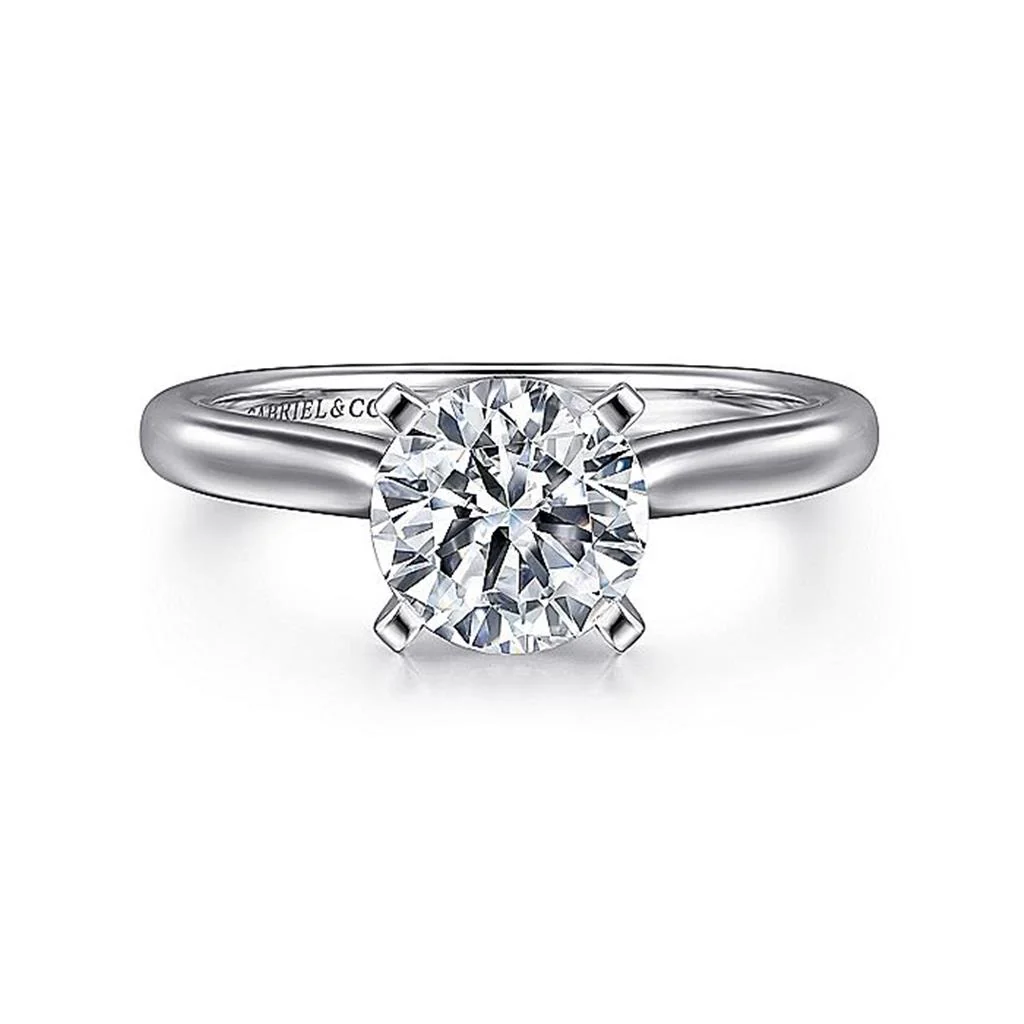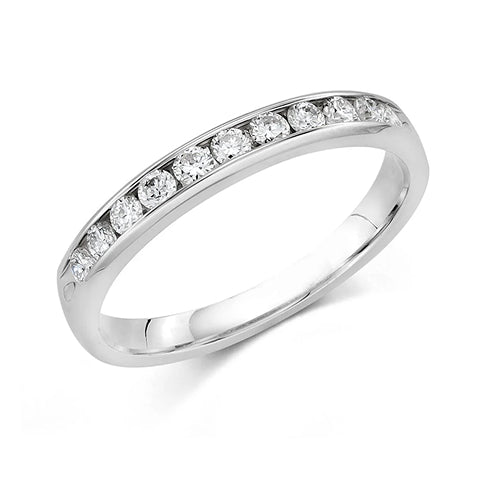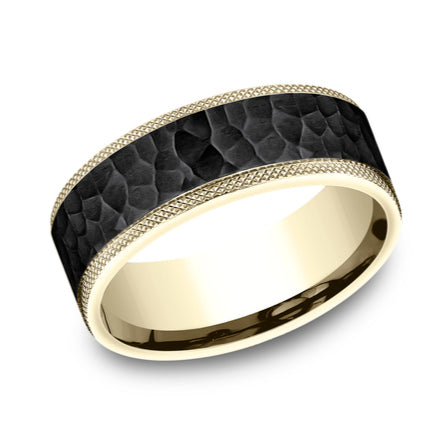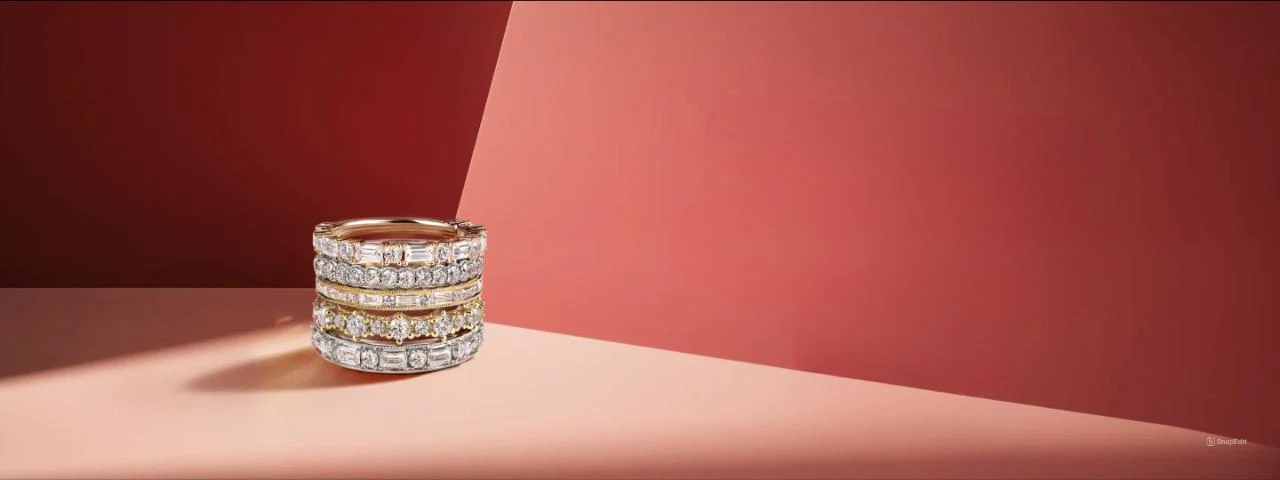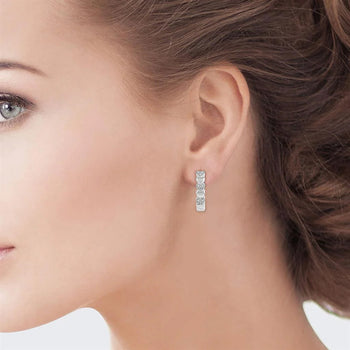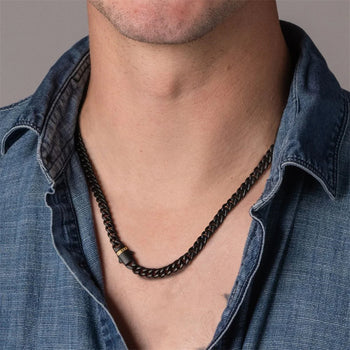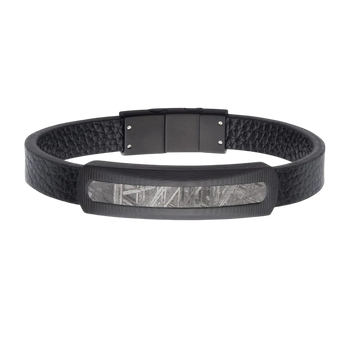A diamond’s carat count defines its weight. Five metric carats equal 1 gram, so one diamond carat is .2 grams. Carats can also be divided into 100 points. The term carat is derived from “carob”, a seed with a consistent weight. In the early days of gem trading, it was used to weigh diamonds. This measuring system was formally adopted at the Fourth General Conference on Weights and Measures in 1907.
High-carat-count diamonds are rarer and more valuable. But the carat count you can select depends on the ring’s size and setting. For example, any size diamond can fit on a prong setting, but bezel and tension settings have limitations.
A diamond’s carat count and size are correlated. They compare as follows:



















A diamond’s cut must be precise to create sparkle and brilliance. Its cut refers to the proportion of the stone’s dimensions and the position of its surfaces (facets). Table, girdle, crown, pavilion, culet, and total depth measurements all contribute to a stone’s beauty and value.
The cut of a diamond affects its brightness, which is determined by how internal and external white light is reflected. It also impacts fire, or the scattering of light into the colors of the rainbow, and scintillation (the amount of sparkle and pattern of light and dark areas in a diamond). The quality of a diamond cut can be rated Poor/Fair, Good, Very Good, or ideal.
The most valuable diamonds are colorless, but very few diamonds have no color at all. Due to natural processes, various hues and colorations can appear. The tints vary depending on the types and quantities of impurities present. A colorless diamond is clear, while lower-rated gems can take on a warm hue. Some diamonds even have a gray, yellow, green, brown, or pink color.
The color scale from the Gemological Institute of America (GIA) is the industry standard. It grades diamond colors from D to Z. The difference between grades is usually undetectable to the untrained eye. Here’s how the scale looks:

Absolutely Colorless
The rarest and most expensive diamonds.

Colorless
The variance between D and E colors is usually undetectable.

Colorless
F color grade diamonds are comparable to D and E color stones.

Near Colorless
G color diamonds have a very slight warmth to their tone.

Near Colorless
H color diamonds feature a faint yellow hue when compared with higher color grade stones.

Near Colorless
The difference is detectable only when I and H or higher-grade diamonds are compared side-by-side.

Near Colorless
A slight yellow tone is noticeable compared to I color or higher grade diamonds.

Faint
The color difference between K and J color diamonds is hard to detect.

Faint to Light Color
These diamonds have a warm tint visible to the naked eye.
Diamond clarity refers to small imperfections on and inside the stone. A blemish is a surface flaw. Inclusions, which aren’t usually visible to the naked eye, are internal defects, which gemologists refer to as “internal characteristics”. Blemishes and inclusions occur as diamonds form in intense heat and pressure underground.
Affected by a diamond’s shape and size, clarity isn’t as important as cut or color. Higher clarity won’t make a diamond sparkle more. Splurging on a higher clarity grade won’t yield a noticeable difference unless the diamond is over one carat or you buy an emerald cut, Asscher cut, or other fancy-shaped diamond.
Diamond clarity is ranked as follows:


Flawless (FL):
The diamond has no internal or external characteristics.

Internally Flawless (IF)
Small surface blemishes can be seen under a microscope, but there are no inclusions within the stone.

Very, Very Slightly Included (VVS1/VVS2)
Minute inclusions are difficult to see under 10x magnification, even for a trained eye.

Very Slightly Included (VS)
Inclusions may be difficult to somewhat easy to see at 10x magnification.

Slightly Included (SI1/SI2)
At 10x magnification, inclusions are visible. To the unaided eye, SI2 inclusions may be seen from the side.

Included (I1/I2/I3)
Inclusions are obvious and impact a diamond’s beauty.

